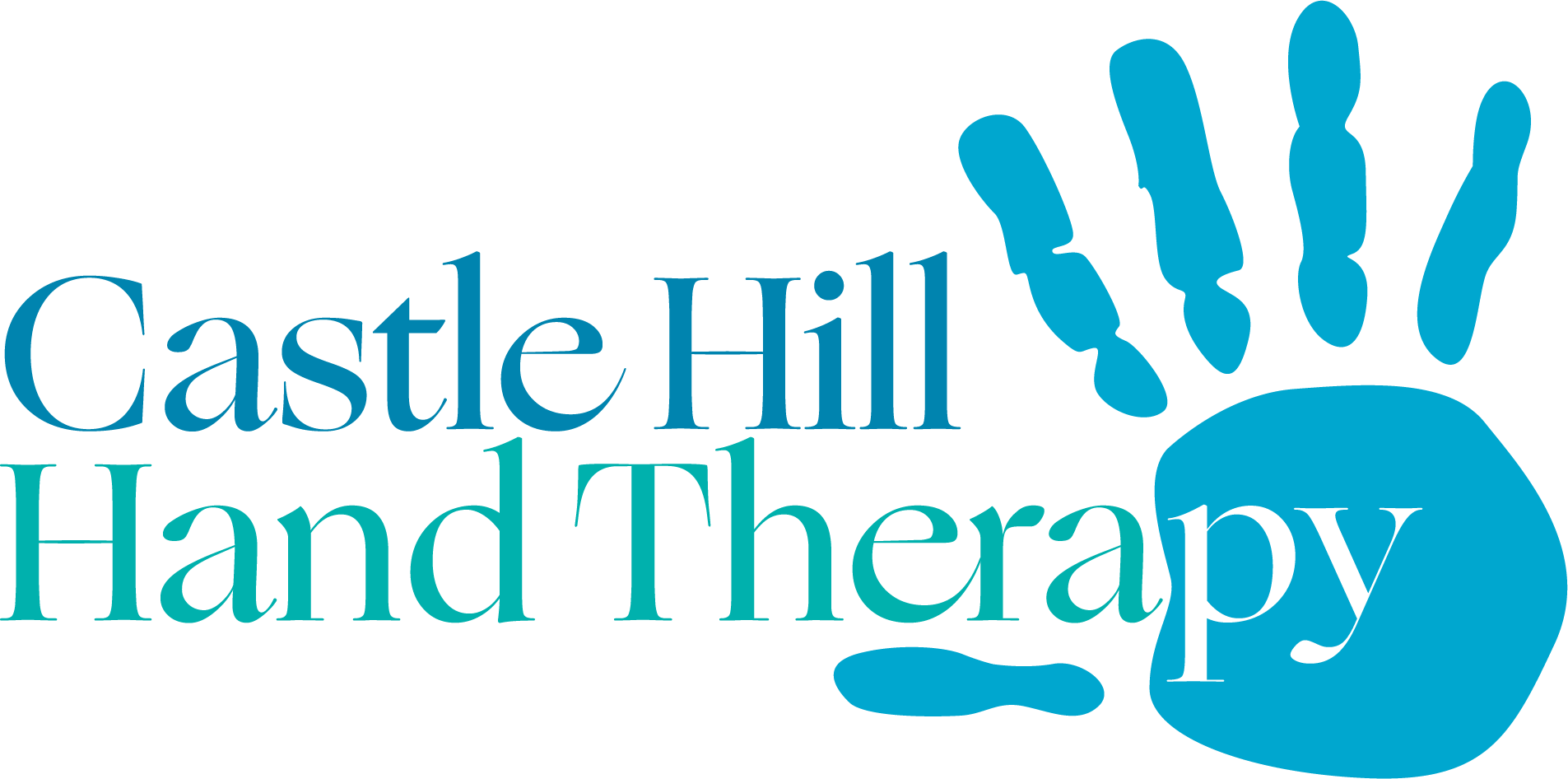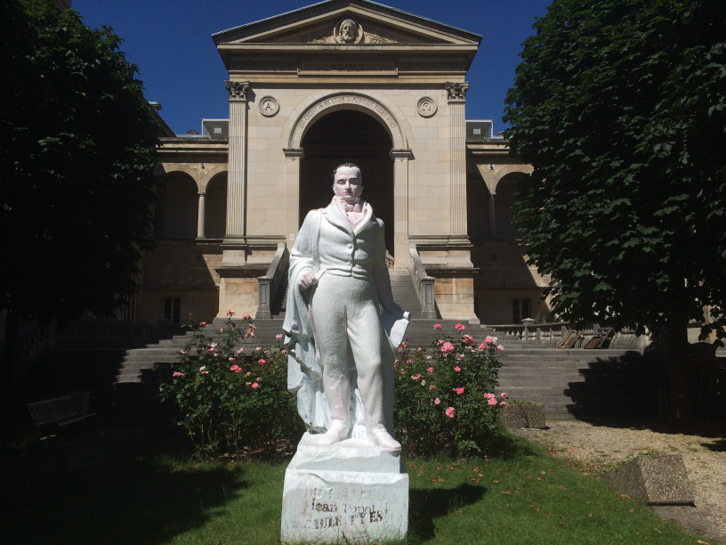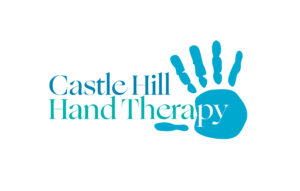Dupuytren’s Contracture is a medical condition which features predominantly in the hands. The functional limitation is difficulty straightening your fingers to shake hands, wash your face, clap hands, put on gloves, and put your hand into your pocket. It can also limit your ability to handle tools, lift heavy material and type on a computer keyboard.
Dupuytren’s Disease is a collagen disorder. It occurs when the connective tissue, also known as fascia, underlying the skin becomes thickened, fibrotic and increases in production. As a result, the skin itself and the finger joints can become tight and stiff, which is called Dupuytren’s contracture.
Dupuytren’s Contracture presents with thickening of the skin, lumps known as nodules, and cordlike structures in the palm of your hand and/or finger/s. The cords cause tension and pull the fingers inwards toward the palm, resulting in finger contractures, that is, permanently clawed finger/s. Dupuytren’s Contracture is not usually painful. It can present initially as a puckering or tightness in the palm. The fingers most commonly affected are the ring and little fingers. It makes it very difficult to give a high five!
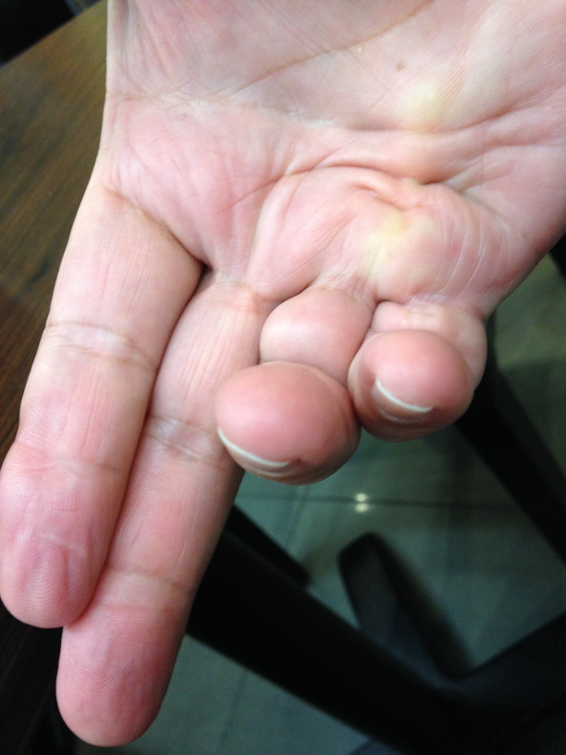
The condition is relatively common in the Anglo-Saxon race, especially over the age of 65 years. It is far more common in men than women. It is known to have Celtic and Scandinavian origins and has been reported to be called The “Viking Disease”. It is now quite common in all Western countries, including Australia. Dupuytren’s Disease itself is not life threatening, but can be frustrating and limiting with regards to finger function and performing activities of daily living.
If you have this condition, you are in good company. The following celebrities have known Dupuytren’s Disease: Bill Nighy, Ronald Reagan, Paul Newman, Margaret Thatcher, Misha Dichter, David McCallum, Frank Sinatra and Bill Murray.
Dupuytren’s Disease has no known causes, but the risk factors include a family history, advancing age, alcoholism, smoking, diabetes, thyroid concerns, liver disease, heavy physical work and previous hand trauma.
The condition was founded by Baron Guillaume Dupuytren (1777-1835), a French anatomist and military surgeon. He was the first to describe the condition and operate on it in 1831, publishing his findings in The Lancet in 1834. Professor Dupuytren became the head surgeon at the Hotel Dieu in Paris, and has a large statue at the hospital in his honour that remains there today. Belinda even visited whilst she was in Paris for the Congress of the Federation of European Societies for Surgery of the Hand in 2014.
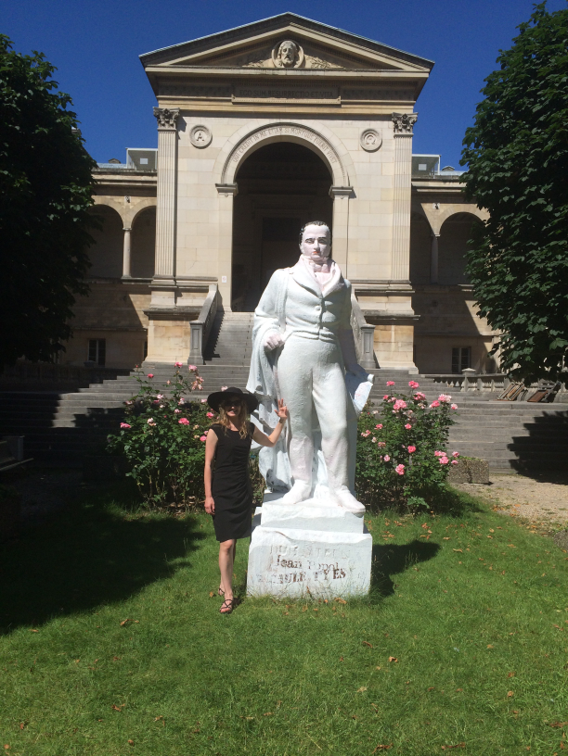
Management strategies for Dupuytren’s Contracture depend on the severity of the condition. It is not possible to cure the disease process, however, regaining or improving hand function is achievable. Often beneficial is a consultation with a hand surgeon for advice and an opinion.
There are many options for treatment of Dupuytren’s Contracture. The most common methods of treatment to date include hand surgery to remove the diseased tissue, minimally invasive injections to dissolve the cords, or needles to break up the diseased tissue. Your doctor would discuss the pros and cons of your options. Together you would decide on the most appropriate management for your condition.
Your hand therapist is likely to assist you with management of Dupuytren’s Contracture after your intervention. They provide help with wound care, scar management involving massage, silicone and ultrasound, and make a splint/orthotic device to keep your fingers straight when they are at rest.
Hand therapy will include provision of exercises to regain finger bending movement whilst maintaining finger straightening, exercises for other joints to maintain mobility and circulation, and stretches to prevent contracture or stiffness. Other treatment may include swelling control through massage and therapeutic wraps, pain management, strengthening work, sensory-motor retraining.
Your hand therapist will provide you with specific and relevant information regarding returning to your activities of daily living. Hand therapy involves provision of excellent education, reassurance and advice during your recovery period to ensure you gain the best achievable result. Contact Belinda at Castle Hill Hand Therapy should you wish to discuss Dupuytren’s Contracture or book online for an appointment.
References:
Turesson et al. Experiences with men living with Dupuytren’s Disease: Consequences of the disease for hand function and daily activities. Journal of Hand Therapy 2019; 1-7
Sweet and Blackmore. Surgical and therapy update on the management of Dupuytren’s Disease. Journal of Hand Therapy 2014; 27: 77-84
Engstrand et al. Factors affecting functional recovery after surgery and hand therapy in patients with Dupuytren’s disease. Journal of Hand Therapy 2015; 28: 255-260
Prosser and Conolly. Rehabilitation of the Hand and Upper Limb. 2003.
Salter and Cheshire. Hand Therapy Principles and Practice. 2000.
Skirven et al. Rehabilitation of the Hand Sixth Edition. 2011.
